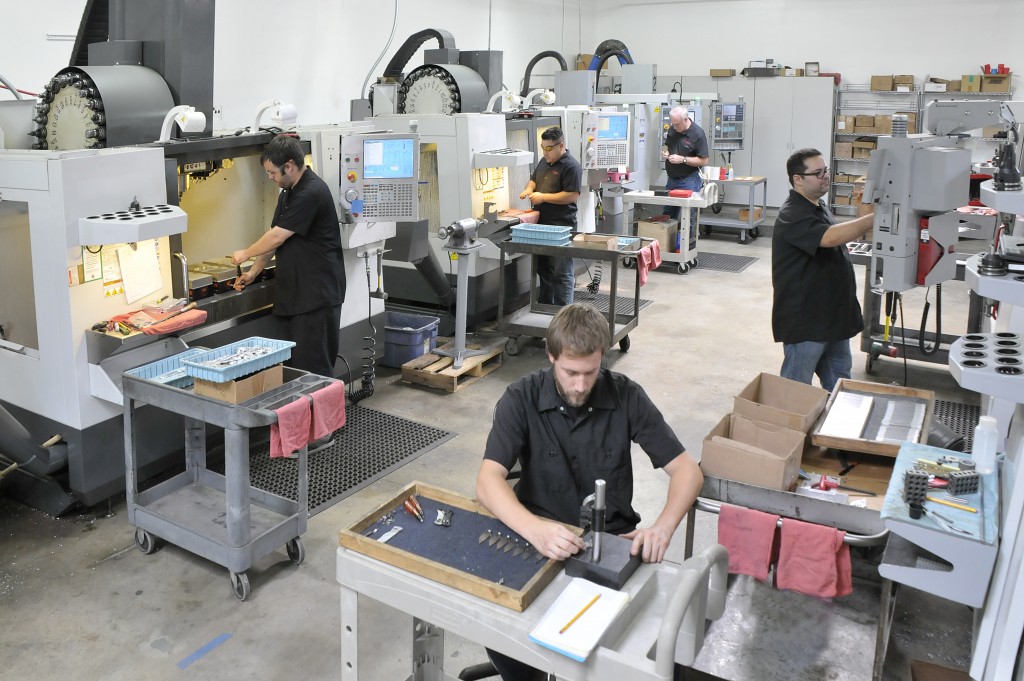Milling machines are considered the pillar of the manufacturing industry. They are super machines equipped with a revolving cutter called a milling cutter. The cutter rotates a raw material in a particular direction, producing a separate finished product from the workpiece. Milling machines are versatile as well—they can drill holes, cut gears, add threads, and produce various mechanical shapes and products out of a specific material.
CNC Milling Machine
Older versions of milling machines require extensive knowledge and experience of the operator or machinist to produce precise and accurate work. With the onset of technology, miller machines nowadays have also evolved. Modern milling machines called the Computer Numerical Control (CNC) are connected and controlled through a computer. This type of milling machine is operated by a program to carry out different movements and commands using various tools.
As an example of the CNC milling machine, Wisconsin boasts of superior products that can work with a wide variety of materials. Such efficient machines can automatically manufacture precise products ranging in various shapes, designs, and sizes.
Learning milling machine
There are milling machines than lean on the operation of a machinist to perform its task, a specific type of which is the learning milling machines. This machine is designed to memorize and record the movements previously performed by the machinist. After that, the learning milling machine will be able to mimic and perform the precise movement of the machinist to reproduce the by-products in large quantities.
Portal milling machines
The portal milling machine is a type of CNC milling machine that is most commonly used in large manufacturing businesses and factories. These machines are also called fixed-bench, coming in large sizes and dimensions that can manufacture large parts and products. Despite the large size, most portal milling machines run an efficient system. They can manufacture bulky parts with maximum precision and optimum speed.
Axis milling machines

Milling machines are also categorized according to their axes. The axes of milling machines are important as it dictates the type of transformation and the location to be done in a workpiece.
We have the 3-axis milling machine, which runs a milling process that operated on two axes, the X & Y axes. It has a vertical spindle and a horizontal spindle. The workpiece can be removed through the three different axes using these simple mechanisms: back to front, side to side, and up and down.
The 4-axis milling machine runs the same way as the 3-axis. However, an additional rotational mechanism is equipped on the X-axis. This rotation mechanism, in the form of a turntable, is called an A-axis. It allows the workpiece to be rotated before the cutting and is most useful when working with a cylinder.
On the other hand, The -5-axis milling machine is equipped with a 5th rotational axis around the B axis. All in all, it is equipped with three linear axes and two rotational axes. These five axes allow the production of intricate, multidimensional and complex gears and parts.
Conclusion
All types of milling machines have their own specific use. But together, they create something extraordinary. They can give us precise, unique, and custom-made products that provide opportunities for you and your company to explore.

